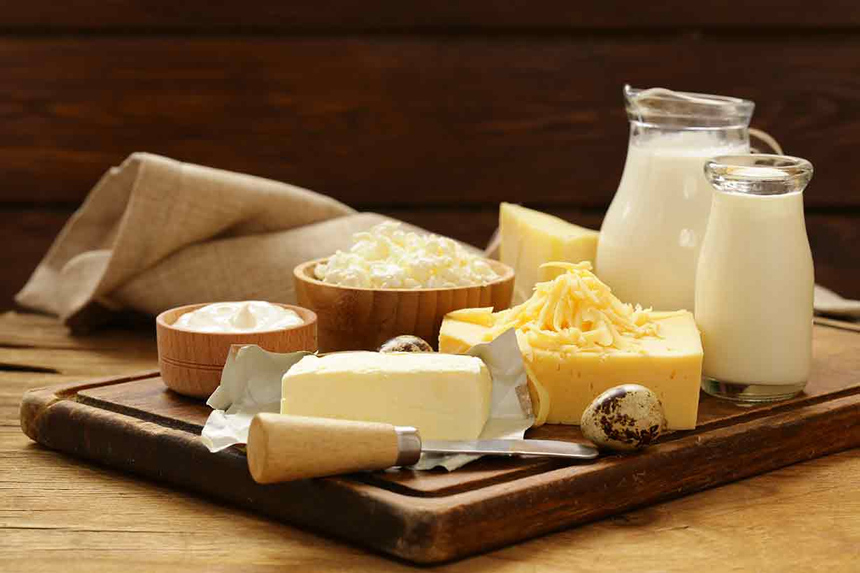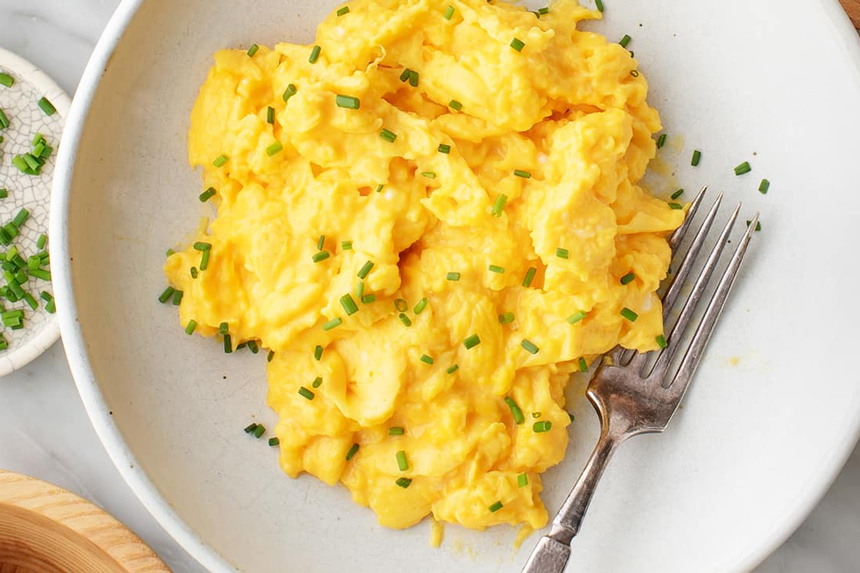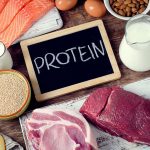Fish

Fish, notably rich in omega-3 fatty acids, stands out as a powerhouse in heart-healthy eating. Salmon, mackerel, and tuna, among others, offer these essential fats known for their anti-inflammatory properties and potential benefits in managing AFib. Omega-3s contribute to improved heart rhythm and may reduce the risk of blood clots—a concern for individuals with AFib.
Studies, including this one in Arteriosclerosis, Thrombosis and Vascular Biology journal, [8] suggest that a diet incorporating fish may positively impact platelet function, further underlining its role in promoting cardiovascular well-being.
Dairy Products

Dairy products, when chosen wisely, can be incorporated into an AFib-friendly diet. Low-fat or fat-free options like yogurt and milk offer essential nutrients such as calcium and vitamin D, supporting bone health.
Including dairy in moderation can contribute to overall nutritional balance without necessarily exacerbating risk factors associated with AFib. However, individual responses to dairy can vary, and consulting with a healthcare professional or registered dietitian is advisable for personalized dietary recommendations.
Eggs

Eggs are a versatile and affordable protein source and can be part of a heart-healthy diet when consumed in moderation. Rich in high-quality protein, eggs provide essential amino acids necessary for various bodily functions. Including eggs in a balanced diet contributes to overall nutrition without necessarily increasing the risk of AFib or related heart conditions.
In summary, a well-rounded diet is pivotal in managing AFib and reducing associated risks. Research-backed evidence supports the positive impact of these food choices on overall cardiovascular health, underscoring the importance of informed dietary decisions in managing AFib. As nutritional habits play a significant role in health, consulting with a healthcare professional or registered dietitian is recommended for personalized guidance in navigating an AFib-conscious diet.
Reference:
[1] https://onlinelibrary.wiley.com/doi/pdf/10.1002/joa3.12254
[2] https://www.nature.com/articles/s41430-018-0140-z
[3] https://ro.ecu.edu.au/cgi/viewcontent.cgi?article=9391&context=ecuworkspost2013
[4] https://www.ncbi.nlm.nih.gov/pmc/articles/PMC10270952/
[5] https://www.gaplesinstitute.org/wp-content/uploads/2012/11/Olive-Oil-and-the-Cardiovascular-System1-1.pdf
[6] https://www.mdpi.com/2072-6643/11/12/2941/htm?ref=blog
[7] https://nutritionj.biomedcentral.com/articles/10.1186/1475-2891-11-17
[8] https://www.ahajournals.org/doi/full/10.1161/01.ATV.17.2.279





